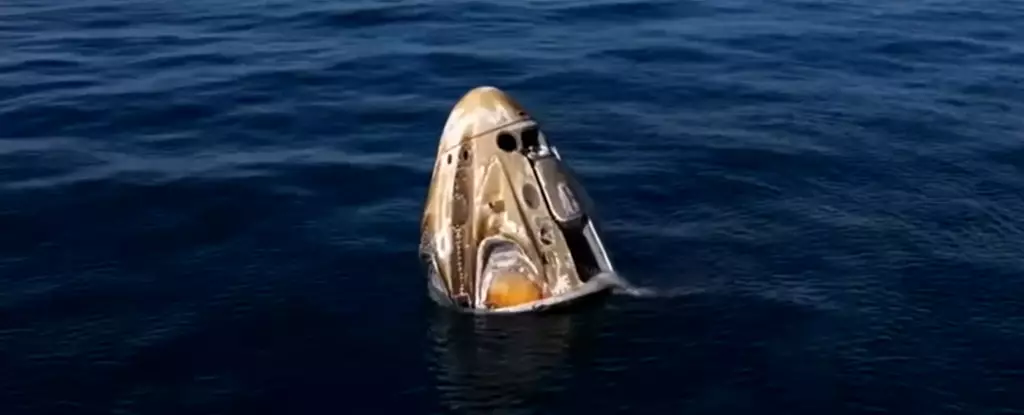In a tale that straddles the boundaries of human perseverance and technological challenges, astronauts Butch Wilmore and Suni Williams found themselves awaiting rescue far longer than anticipated during their mission aboard the International Space Station (ISS). Initially set for just eight days, their stay ballooned into a nine-month saga full of uncertainty and innovation. This unexpected extension was not merely a footnote in their journey; it became a testament to the unpredictable nature of space travel and the resilience of those who venture into the cosmos.
The Technical Mishaps Behind the Mission
When Wilmore and Williams embarked on the Boeing Crew Flight Test on June 5, 2024, they aimed to demonstrate the capabilities of Boeing’s new Starliner spacecraft. However, as they approached the ISS, unforeseen technical glitches in the spacecraft’s engines led to their delayed return flight home. The resulting situation, while it might have been a disaster for Boeing, evolved into an extraordinary opportunity for the astronauts to push the boundaries of scientific exploration aboard the ISS. This incident exemplified how space missions, fraught with risk, can also yield invaluable lessons in engineering and human adaptability.
Daily Life Amid Isolation
Although the astronauts missed the comforts of home and the warmth of their loved ones, they didn’t succumb to despair. Instead, they embraced their extended stay as an opportunity for continuous exploration. Engaged in rigorous routines, they conducted over 150 unique scientific experiments, from the mundane to the groundbreaking. Their tireless work highlights the incredible potential of human ingenuity in an environment that defies earthly limitations. The astronauts participated in spacewalks and became experts in navigating the challenges of microgravity, demonstrating that even in the most constrained circumstances, human spirit shines brightest.
A Long-Awaited Homecoming
The moment of reckoning came on a Tuesday evening when Wilmore, Williams, fellow NASA crewmate Nick Hague, and Russian cosmonaut Aleksandr Gorbunov made their triumphant return. Climbing aboard a SpaceX Crew Dragon capsule, they embarked on a meticulously calculated 17-hour journey back to Earth. The seamless integration of commercial space travel, evidenced by the collaboration between NASA and SpaceX, marked a new chapter in space exploration history. As their capsule splashed down off the Gulf Coast of Florida at 5:57 pm ET, it wasn’t just the return of four astronauts; it symbolized the resilience of human ambition in the face of adversity.
Legacy of A Bold Journey
The astronauts’ extended time in orbit serves as an inspiring narrative about the challenges inherent in space exploration. It illustrates that every setback can become a foundational stone for future achievements. As humanity stands on the cusp of a new era of space exploration, driven by commercial partnerships and ambitious missions to deeper realms, the example set by Wilmore and Williams resonates on multiple levels. Their story encourages active engagement with the unknown, reminding us that each challenge is a stepping stone towards extraordinary discoveries. As we celebrate their return, we can only imagine the countless tales still waiting to be written among the stars.

